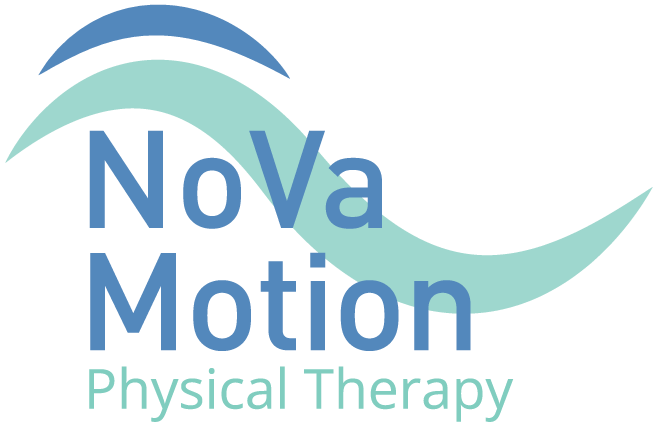Tips for Managing TMJ Pain at Home
Dealing with jaw pain, clicking, headaches, or difficulty opening your mouth can be challenging and can negatively impact activities of daily living and overall quality of life.. While getting professional help from a TMJ physical therapist is crucial for managing these symptoms effectively, there are also simple and practical tips you can try at home to ease pain and discomfort. These tips can provide you with some relief and help you cope with your symptoms while waiting for professional treatment.
1. Practice Relaxation Techniques:
Stress and tension can exacerbate TMJ pain. Incorporate relaxation techniques such as diaphragmatic breathing, meditation, proper sleep hygiene, and/or progressive muscle relaxation into your daily routine. Try to keep your jaw relaxed while maintaining a slight space between your back teeth, the tip of your tongue resting gently at the roof of your mouth behind your top two front teeth, and breathe through your nose with your mouth closed. These practices can help reduce muscle tension, promote relaxation, and alleviate TMJ-related discomfort.
2. Maintain Good Posture:
Poor posture can contribute to TMJ pain by placing additional strain on the jaw and surrounding muscles. Be mindful of your posture throughout the day, especially when sitting or using electronic devices. Sit up straight, keep your shoulders relaxed, and avoid slouching or rounding to reduce unnecessary tension through your neck and jaw. You also want to avoid resting your jaw on your fist when working or sleeping with your hands near your jaw.
3. Practice Jaw Exercises:
Gentle jaw exercises can help improve jaw mobility, strengthen muscles, and alleviate TMJ pain. Incorporate simple exercises such as performing easy and painfree active range of motion of your jaw, chin tucks, and gentle neck stretches. Consult with a TMJ physical therapist for personalized exercise recommendations tailored to your specific needs.
4. Avoid Trigger Foods:
Certain foods can exacerbate TMJ pain and discomfort. Avoid hard, chewy, or sticky foods that require excessive jaw movement. Opt for softer, easy-to-chew options that are gentle on your jaw joints and avoid biting into wider diameter foods, such as large sandwiches, burgers, burritos, and sushi. Maintaining a jaw-friendly diet can help reduce strain on the TMJ and minimize pain episodes.
5. Be Aware of Bad Habits:
Habits such as biting your nails or lips, chewing on gum or ice, and clenching are some examples of bad habits to be mindful of and try to avoid. These repetitive activities can contribute to joint and muscle pain and reducing them can make a big difference in TMJ pain and discomfort.
6. Apply Heat or Cold Therapy:
Applying heat or cold packs to the jaw area can provide relief from TMJ pain and inflammation. Use a warm compress or heating pad to relax tight muscles and improve blood circulation, especially if your jaw feels tight. Alternatively, cold packs can help reduce swelling and numb pain. Experiment with both heat and cold therapy to determine which works best for your TMJ symptoms.
Managing TMJ pain at home requires a holistic approach that combines self-care practices, lifestyle modifications, and consistent effort. By incorporating these tips into your daily routine, you can get a good start on reducing your TMJ pain, improve jaw function, and enhance your overall well-being. Remember to listen to your body, stay consistent with your home care routine, and seek professional guidance when needed to optimize your TMJ pain management journey.
